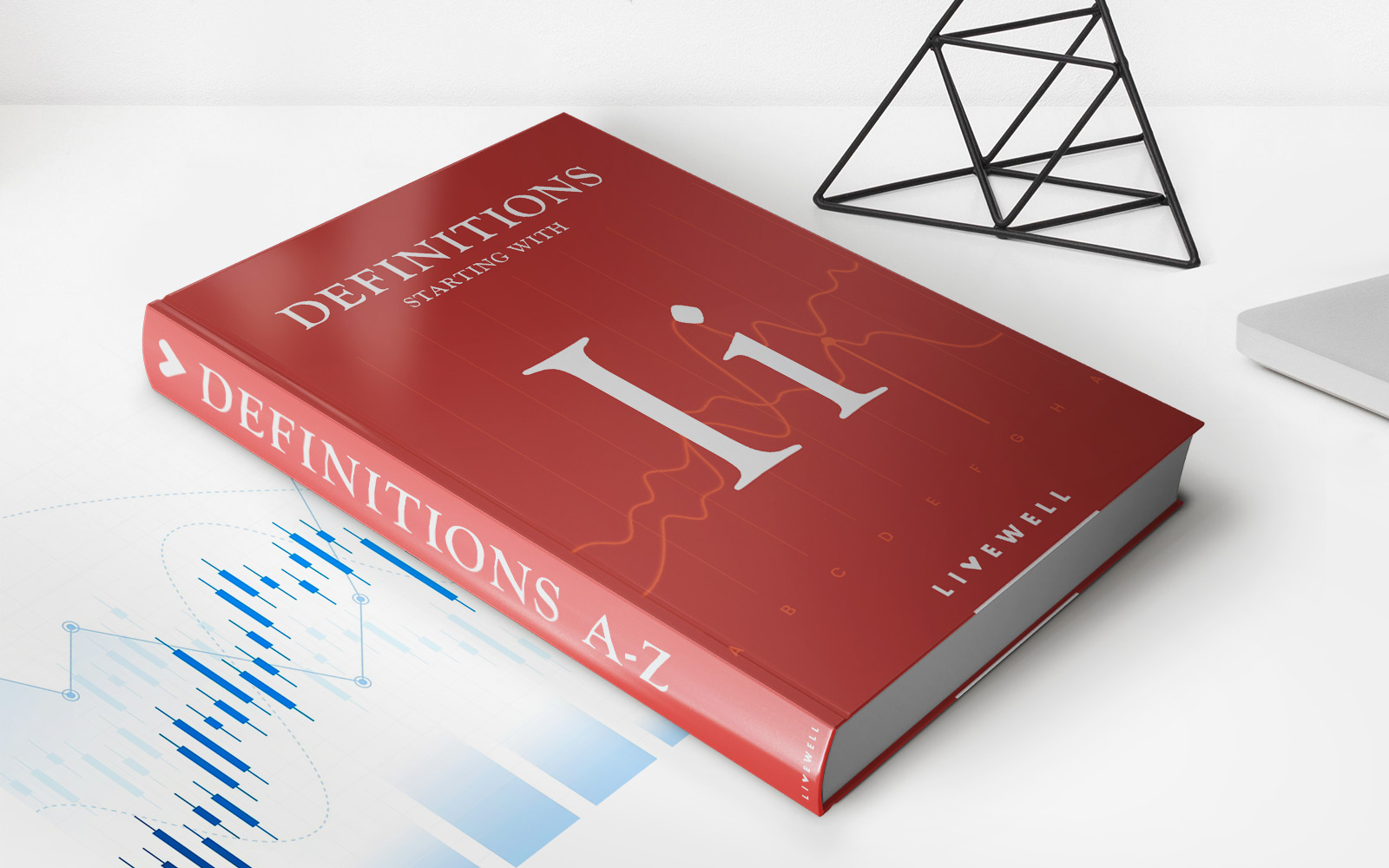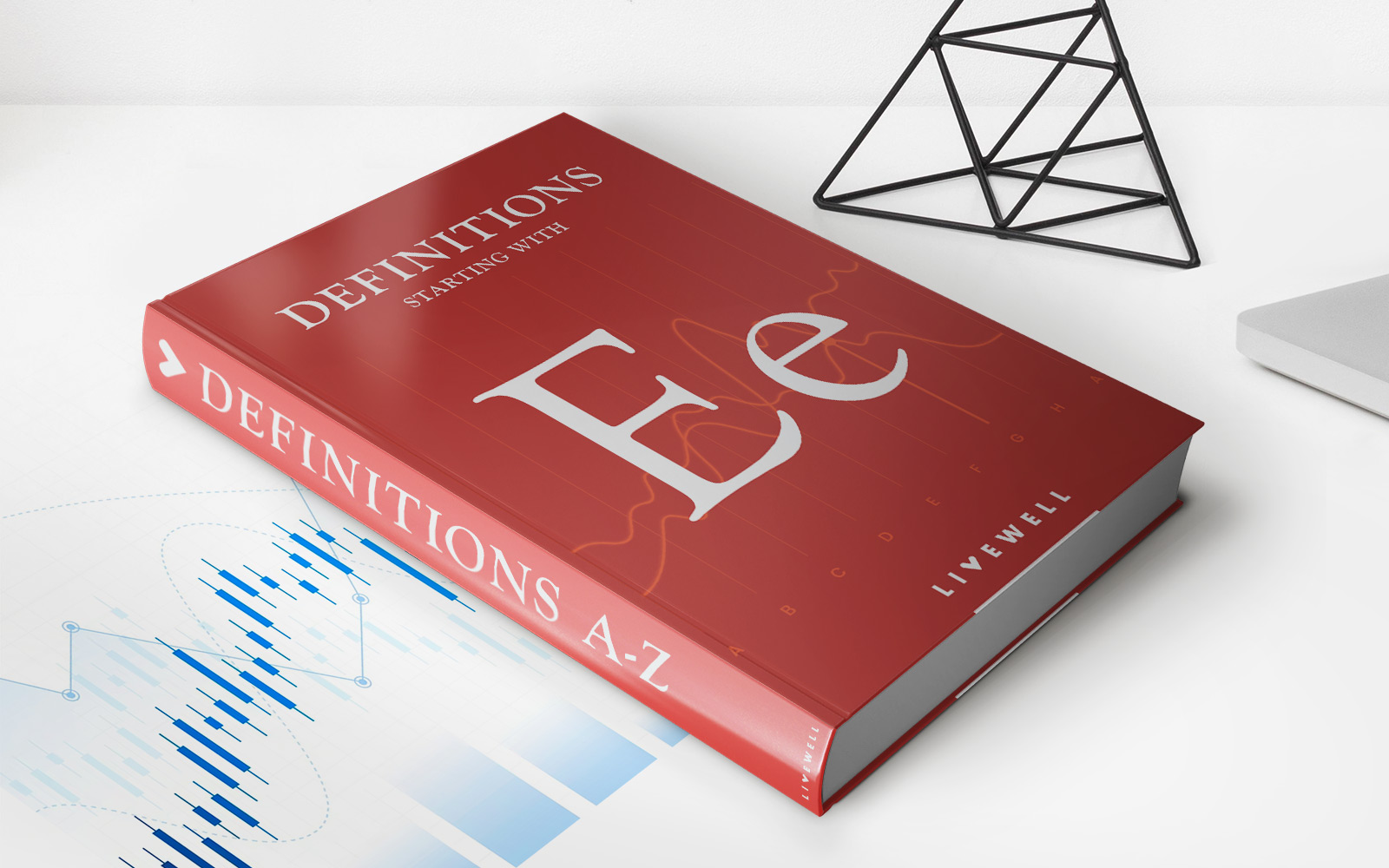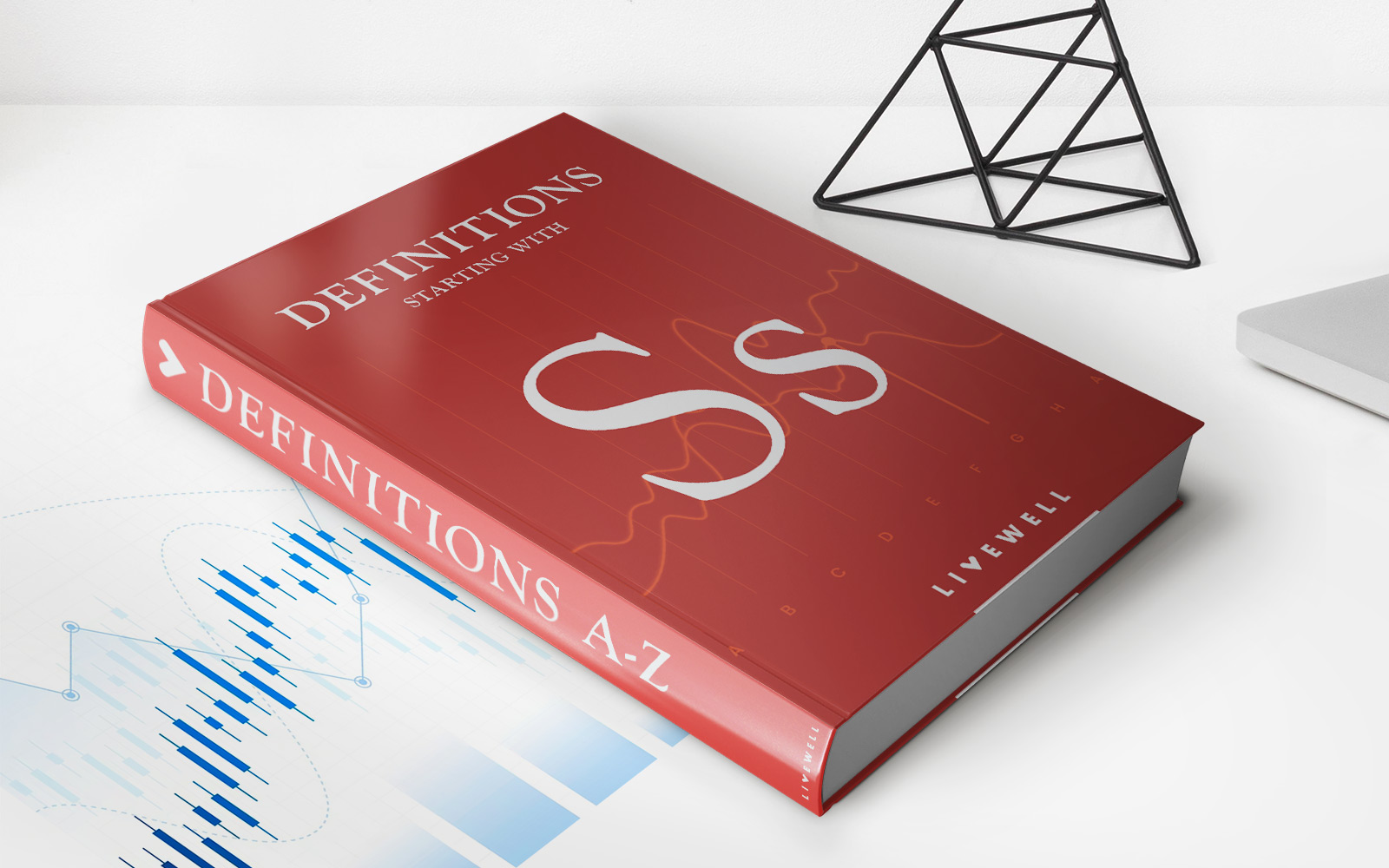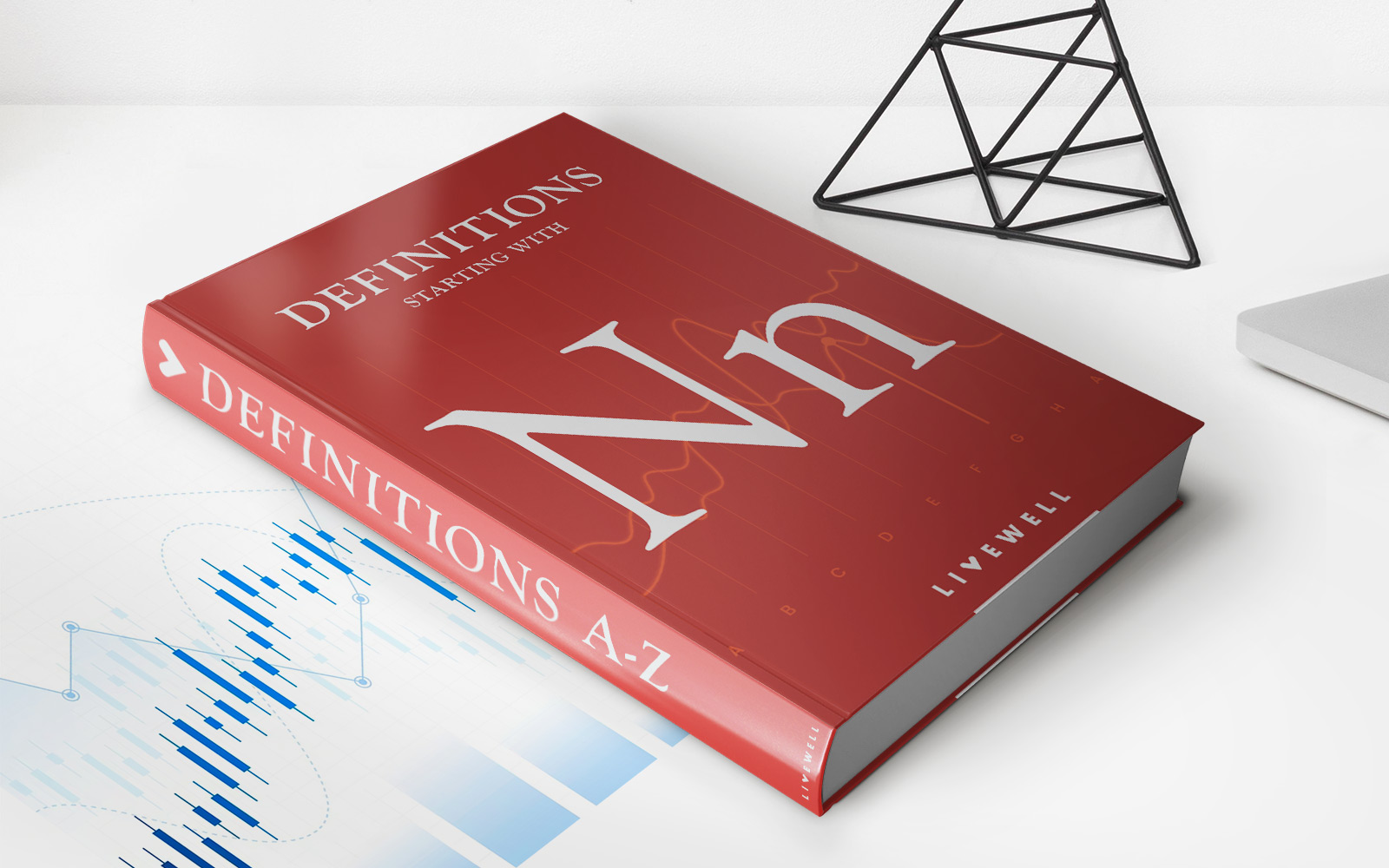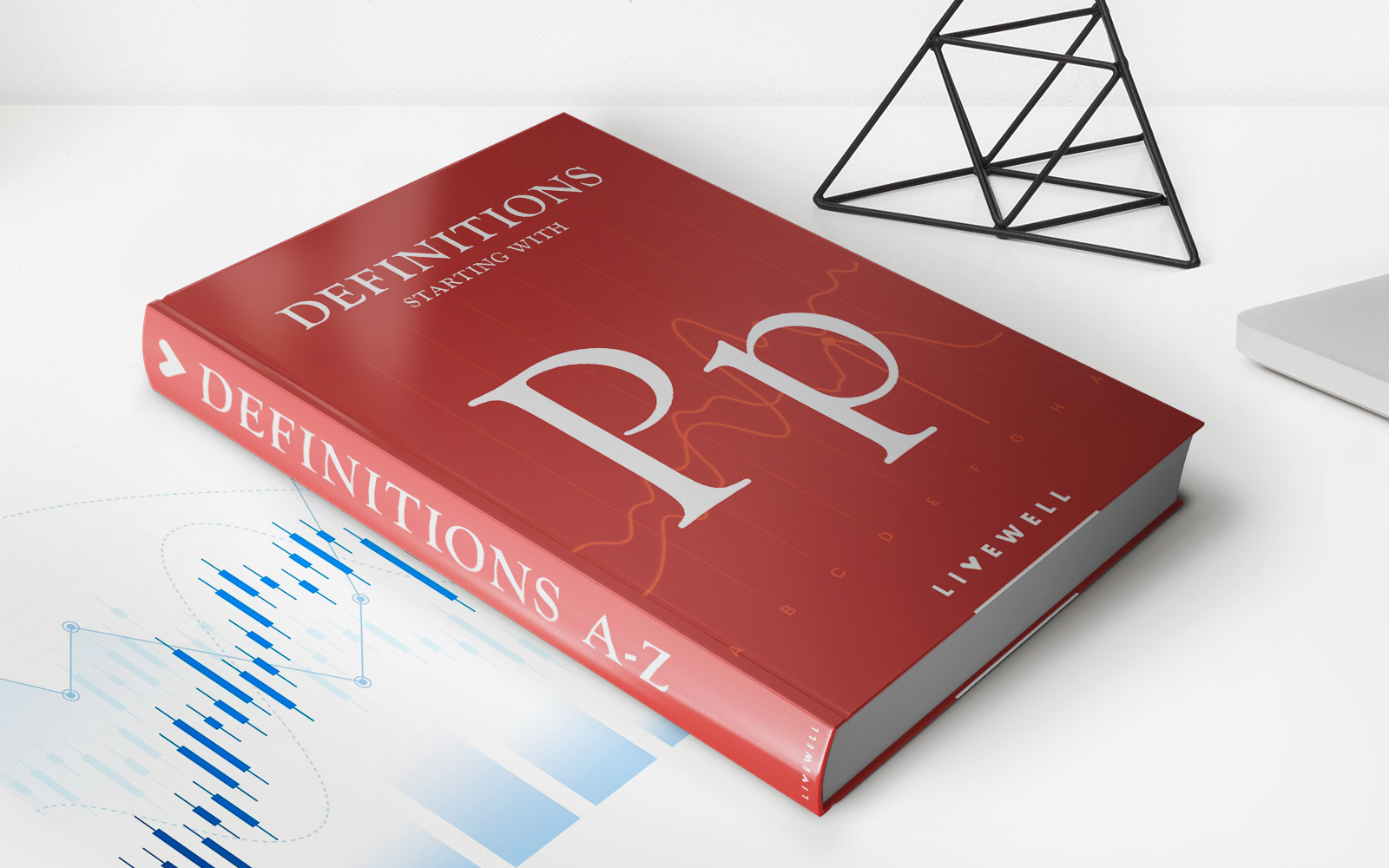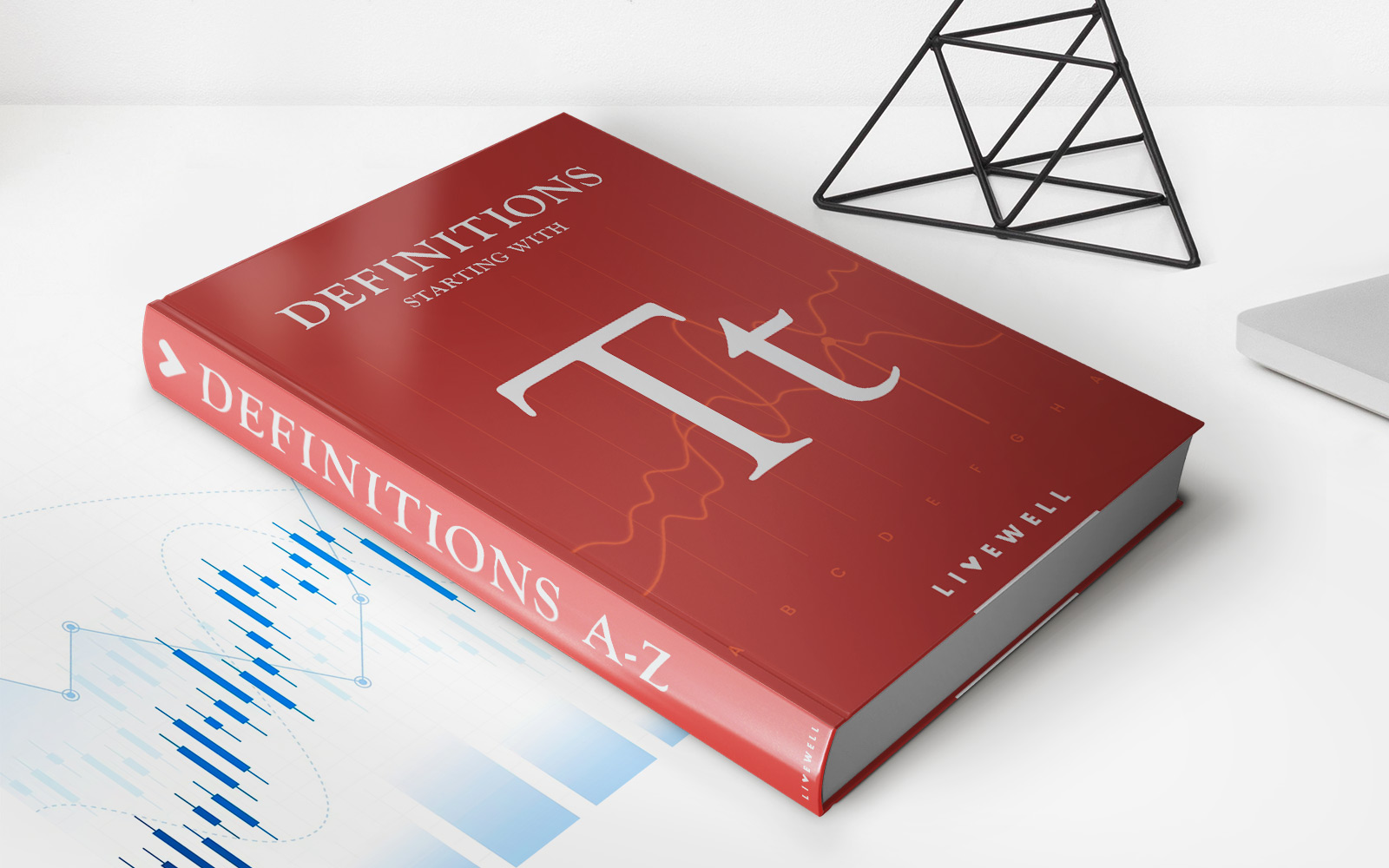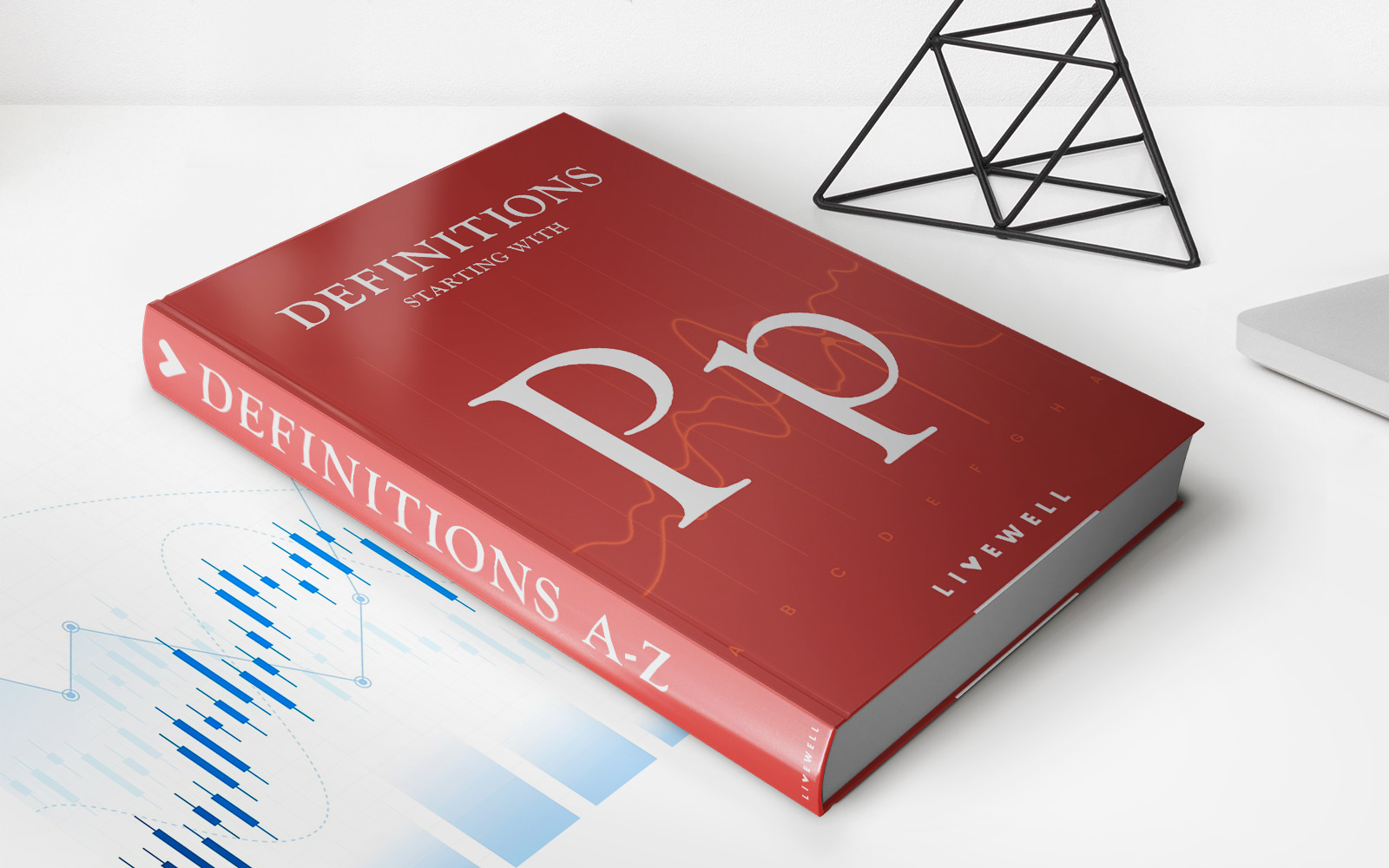Home>Finance>Vanilla Option: Definition, Types Of Option, Features And Example


Finance
Vanilla Option: Definition, Types Of Option, Features And Example
Published: February 15, 2024
Learn about vanilla options in finance, including their definition, types, features, and example. Enhance your knowledge of options in the financial market.
(Many of the links in this article redirect to a specific reviewed product. Your purchase of these products through affiliate links helps to generate commission for LiveWell, at no extra cost. Learn more)
Understanding Vanilla Options: A Comprehensive Guide
Welcome to our finance category! Today, we are going to dive into the fascinating world of vanilla options and shed light on their definition, types, features, and provide an example to help you grasp them better. So, let’s get started!
Key Takeaways:
- A vanilla option is a financial instrument that gives the holder the right, but not the obligation, to buy or sell an underlying asset at a predetermined price within a specific time frame.
- There are two main types of vanilla options: call options, which give the holder the right to buy the underlying asset, and put options, which give the holder the right to sell the underlying asset.
What is a Vanilla Option?
A vanilla option is a popular financial derivative that provides its holder with the right, but not the obligation, to buy or sell an asset at a predetermined price within a specific period. It is called “vanilla” because it is the simplest and most basic form of options trading, compared to more complex derivative products.
Now that we have a general idea of what a vanilla option is, let’s explore its types to understand how they work and what distinguishes them.
Types of Vanilla Options
1. Call Options
A call option is a type of vanilla option that gives its holder the right to buy an underlying asset at a specific price, known as the strike price, within a specified timeframe. Call options are typically used when traders believe that the price of the underlying asset will rise. By purchasing a call option, they can profit from the potential increase in value.
2. Put Options
On the other hand, a put option is a vanilla option that grants its holder the right to sell an underlying asset at a predetermined price within a specified time period. Investors usually consider purchasing put options when they expect the price of the underlying asset to decline, enabling them to potentially profit from their bearish outlook.
Features of Vanilla Options
Vanilla options possess several unique features that make them an attractive financial instrument within the investment world. Some of these features include:
- Flexibility: Vanilla options offer flexibility, allowing investors to choose the strike price, expiration date, and quantity of contracts they wish to trade.
- Limited Risk: Option buyers have limited risk exposure, as they have the right to exercise or abandon their options, depending on market conditions.
- Leverage: Through vanilla options, investors can gain exposure to a larger number of assets while investing only a fraction of the amount required to acquire the underlying asset.
- Hedging: Traders can use vanilla options to hedge against potential losses in their existing investment portfolios by creating an offsetting position through options trading.
An Example of Vanilla Options
Let’s consider a hypothetical scenario as an example to better understand how vanilla options work:
Suppose you are an investor who believes that the price of Company XYZ’s stock, currently trading at $100 per share, will rise over the next three months. To capitalize on this expected increase, you decide to purchase a call option with a strike price of $110 and an expiration date in three months.
If the stock price indeed rises above $110 within the specified timeframe, you can exercise your call option and buy Company XYZ’s shares at the predetermined lower price. You can then either hold onto the shares or sell them for a profit in the market.
However, if the stock price fails to surpass the strike price, you have the flexibility to simply let the option expire without exercising it. In this case, your financial loss will be limited to the premium paid to purchase the option, rather than the full value of the underlying asset.
By utilizing vanilla options, investors can leverage their market insights, manage risk, and potentially generate profits in a variety of market conditions.
Conclusion
In conclusion, vanilla options are versatile financial instruments that provide investors with the opportunity to speculate on the future price movements of an underlying asset. By understanding the types, features, and examples of vanilla options, individuals can make informed investment decisions and expand their financial strategies.
So, whether you’re an experienced investor or just dipping your toes into the world of finance, consider exploring the exciting possibilities that vanilla options can offer!
